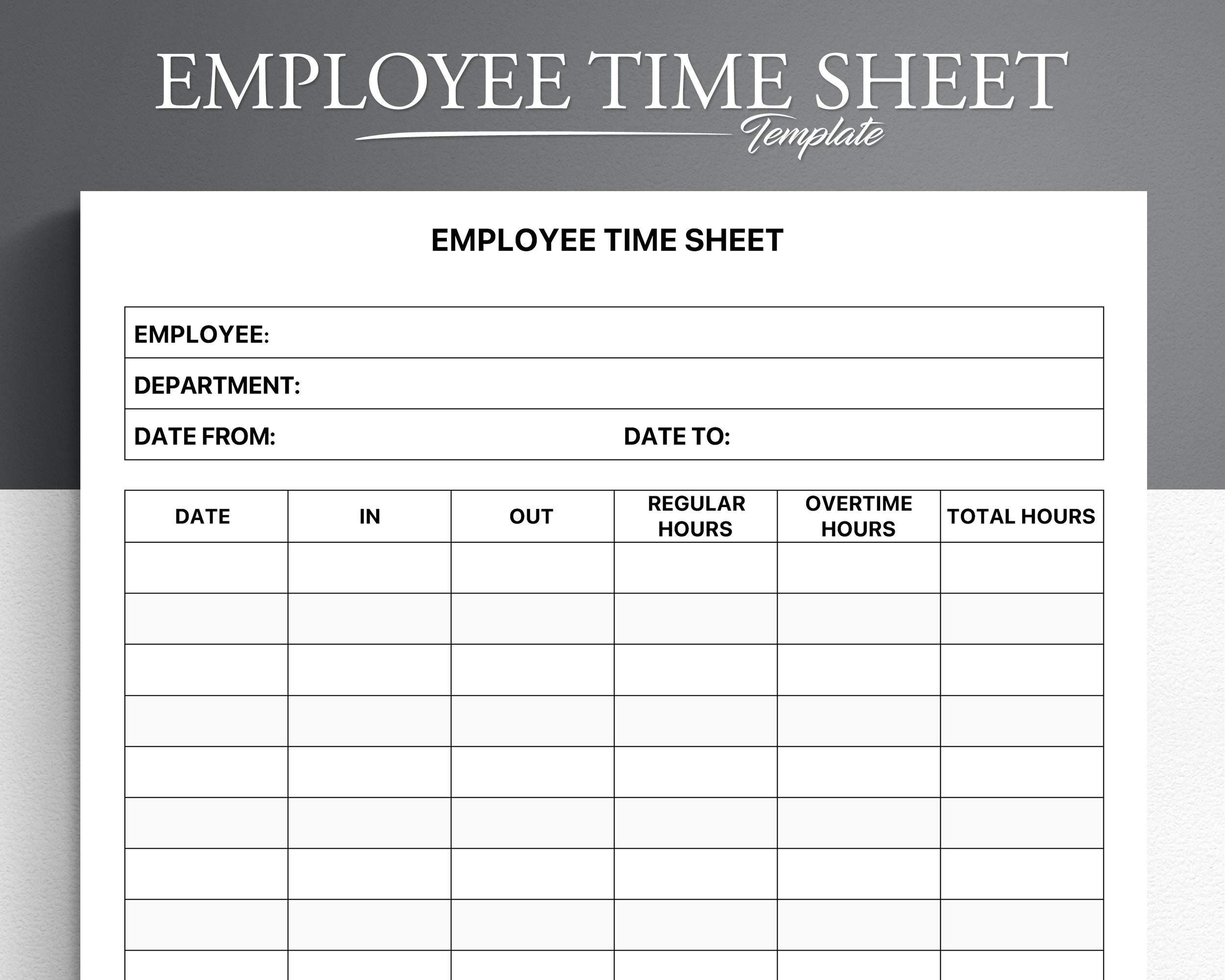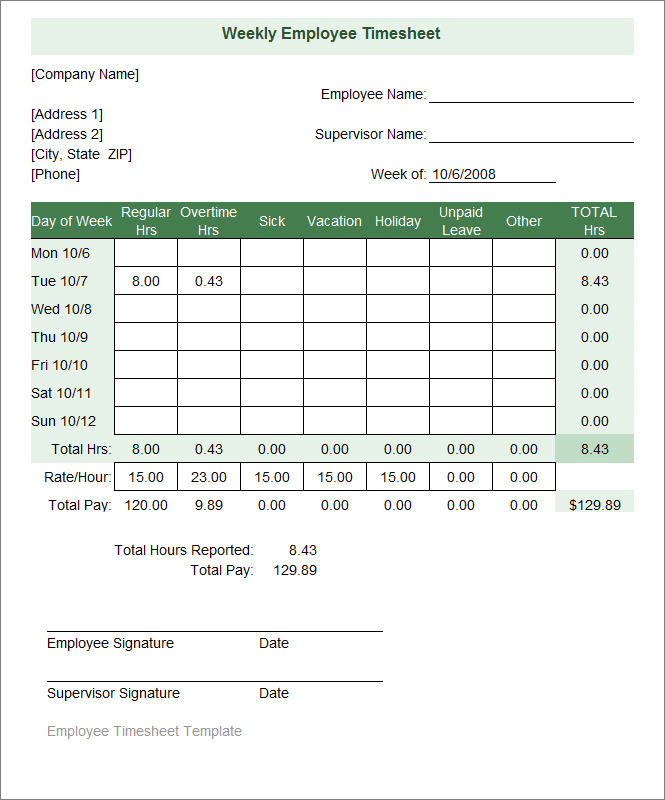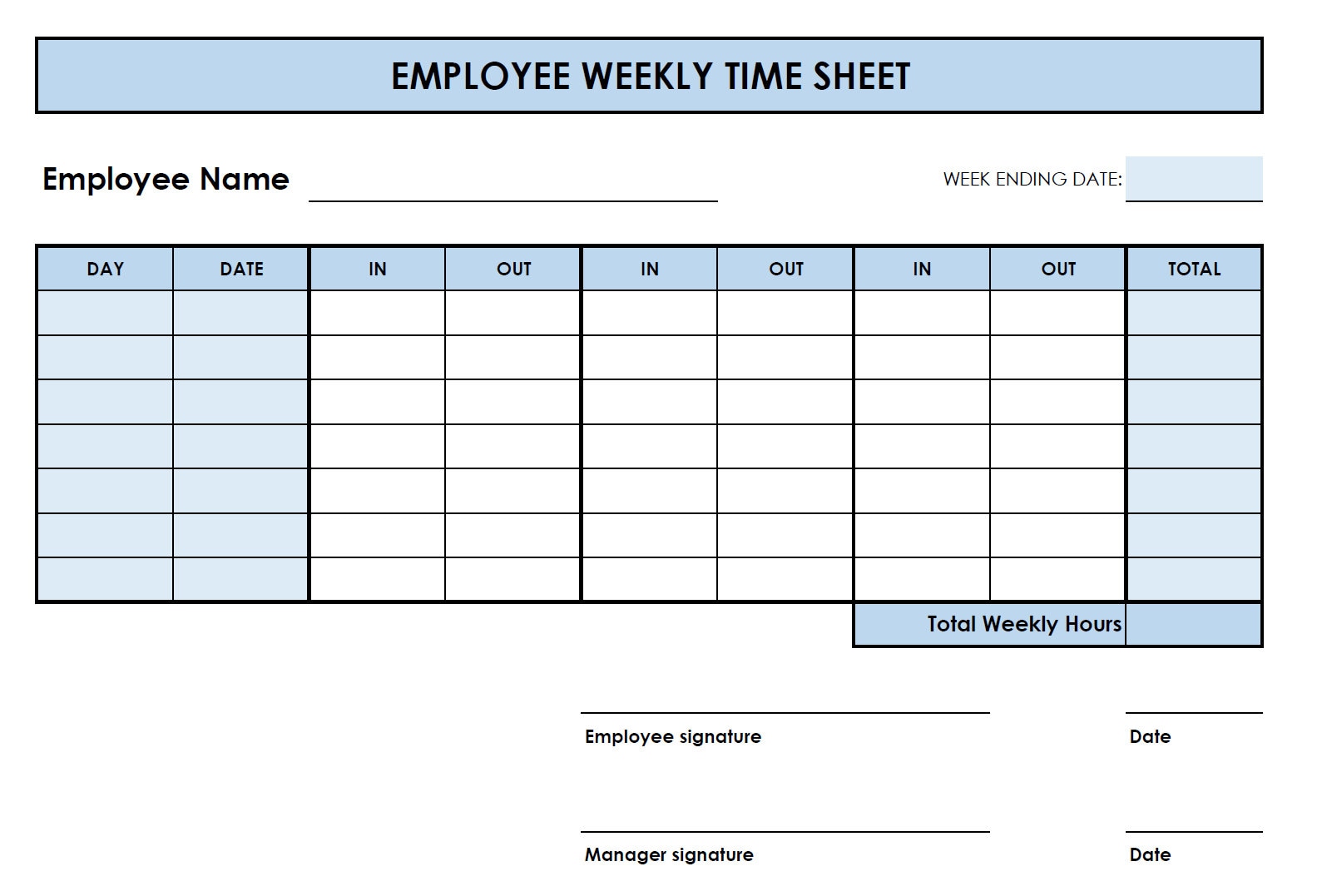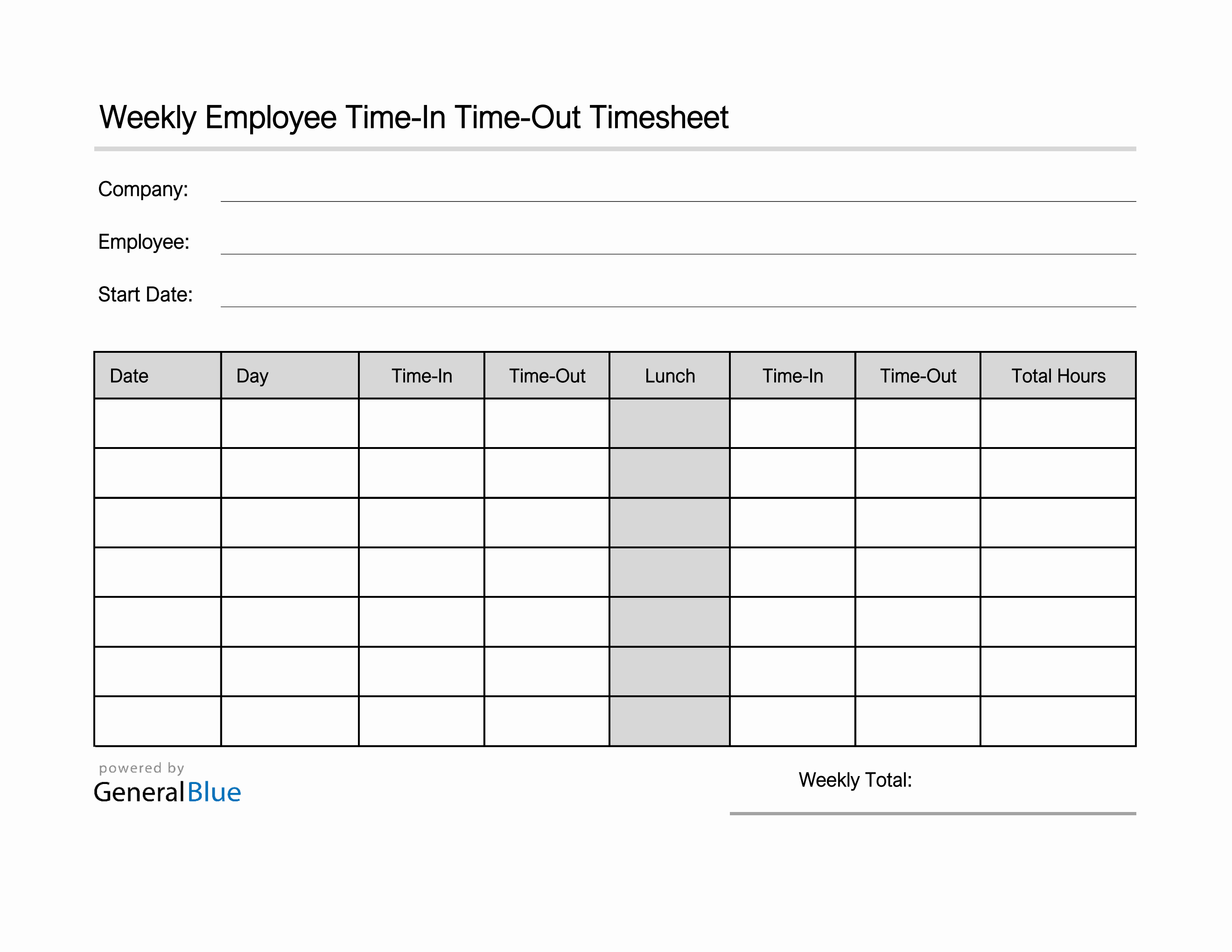Home Depot Employee Weekly Time Detail

The break room buzzes with the familiar pre-shift energy at the Home Depot. Aprons are straightened, safety gloves adjusted, and the scent of fresh coffee hangs in the air. But amidst the camaraderie, a more subtle ritual unfolds: the quiet contemplation of the weekly time detail.
This seemingly mundane document, often overlooked in the daily grind, is actually a cornerstone of the Home Depot experience for its employees. Understanding its nuances and significance is crucial for ensuring fair compensation, promoting transparency, and fostering a positive work environment.
The Home Depot Employee Weekly Time Detail is essentially a record of an employee's hours worked during a specific week. It meticulously outlines clock-in and clock-out times, breaks taken, and any approved time off, such as vacation or sick leave.
Historically, tracking employee time has evolved from manual ledgers to sophisticated digital systems. Home Depot, as a large corporation, utilizes advanced timekeeping software to ensure accuracy and efficiency.
These systems often integrate with payroll, minimizing errors and streamlining the payment process. For employees, this means greater confidence in their paychecks and quicker resolution of any discrepancies.
Accuracy is paramount when it comes to the time detail. Employees are responsible for verifying the accuracy of their recorded hours. This includes confirming that all clock-in and clock-out times are correct.
Any missed punches or discrepancies should be reported to a supervisor immediately. Correcting errors promptly prevents larger issues down the line.
The document also plays a crucial role in compliance with labor laws. The Fair Labor Standards Act (FLSA) sets guidelines for minimum wage, overtime pay, and record-keeping requirements.
Home Depot's time detail system helps ensure adherence to these regulations, protecting both the company and its employees.
Furthermore, the time detail provides valuable data for workforce management. By analyzing employee hours, managers can identify trends in staffing needs.
This information can inform decisions about scheduling, hiring, and resource allocation, leading to improved operational efficiency.
The clarity and accessibility of the time detail contribute to a more transparent work environment. Employees can easily access their records, fostering a sense of trust and accountability.
This transparency is especially important in addressing potential concerns about pay or overtime.
Beyond its practical applications, the weekly time detail reflects a company's commitment to its employees. It signals a respect for their time and a dedication to fair compensation.
A well-maintained and easily accessible time detail system can boost employee morale and create a more positive work culture. It assures every member of staff that their hard work is noticed and valued.
Moreover, effective use of the time detail process gives employee greater control over their time management. Knowing precisely how many hours have been logged each day and over the week helps one plan personal activities.
This awareness is key to reaching a healthy work-life balance and maintaining high levels of well-being.
In conclusion, the Home Depot Employee Weekly Time Detail is far more than a simple record of hours worked. It is a vital instrument in promoting fairness, transparency, and efficient workforce management.
By understanding its significance and utilizing it effectively, both employees and management can contribute to a more productive and positive work environment. Ultimately, it is a testament to the value placed on the contributions of every member of the Home Depot team.













![Home Depot Employee Weekly Time Detail 40 Free Timesheet Templates [in Excel] ᐅ TemplateLab](http://templatelab.com/wp-content/uploads/2016/01/Timesheet-Template-11.jpg?w=320)




